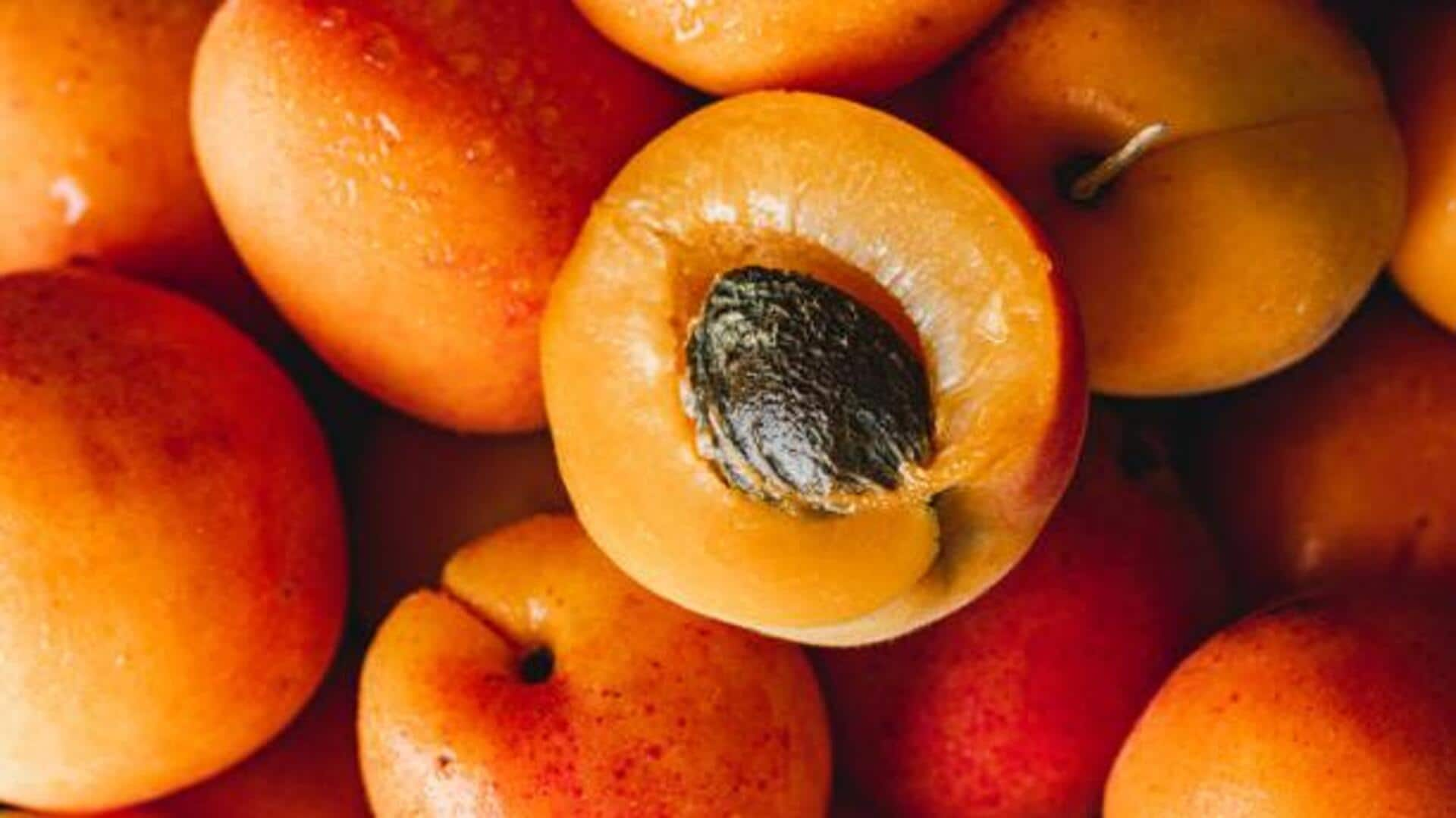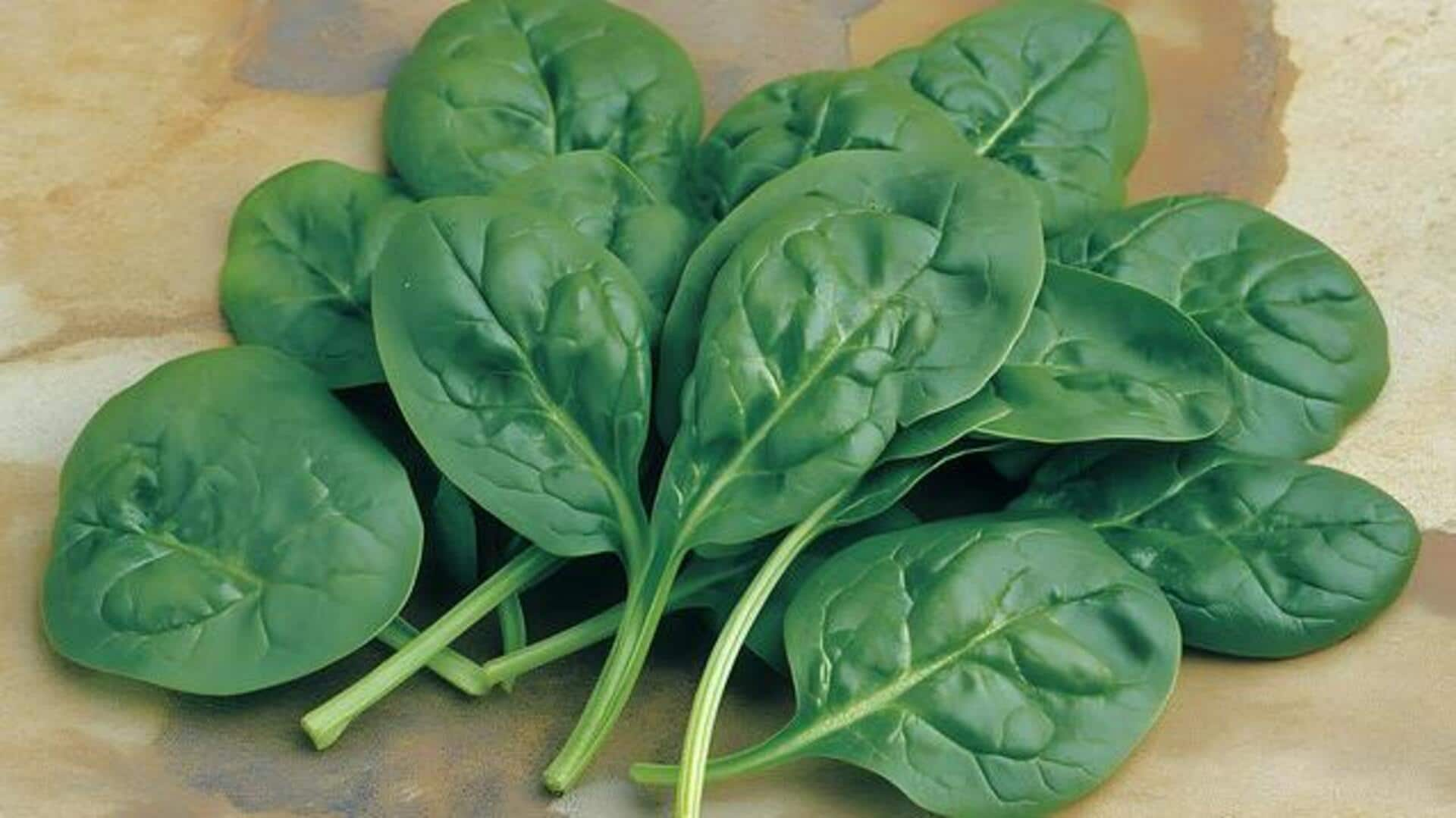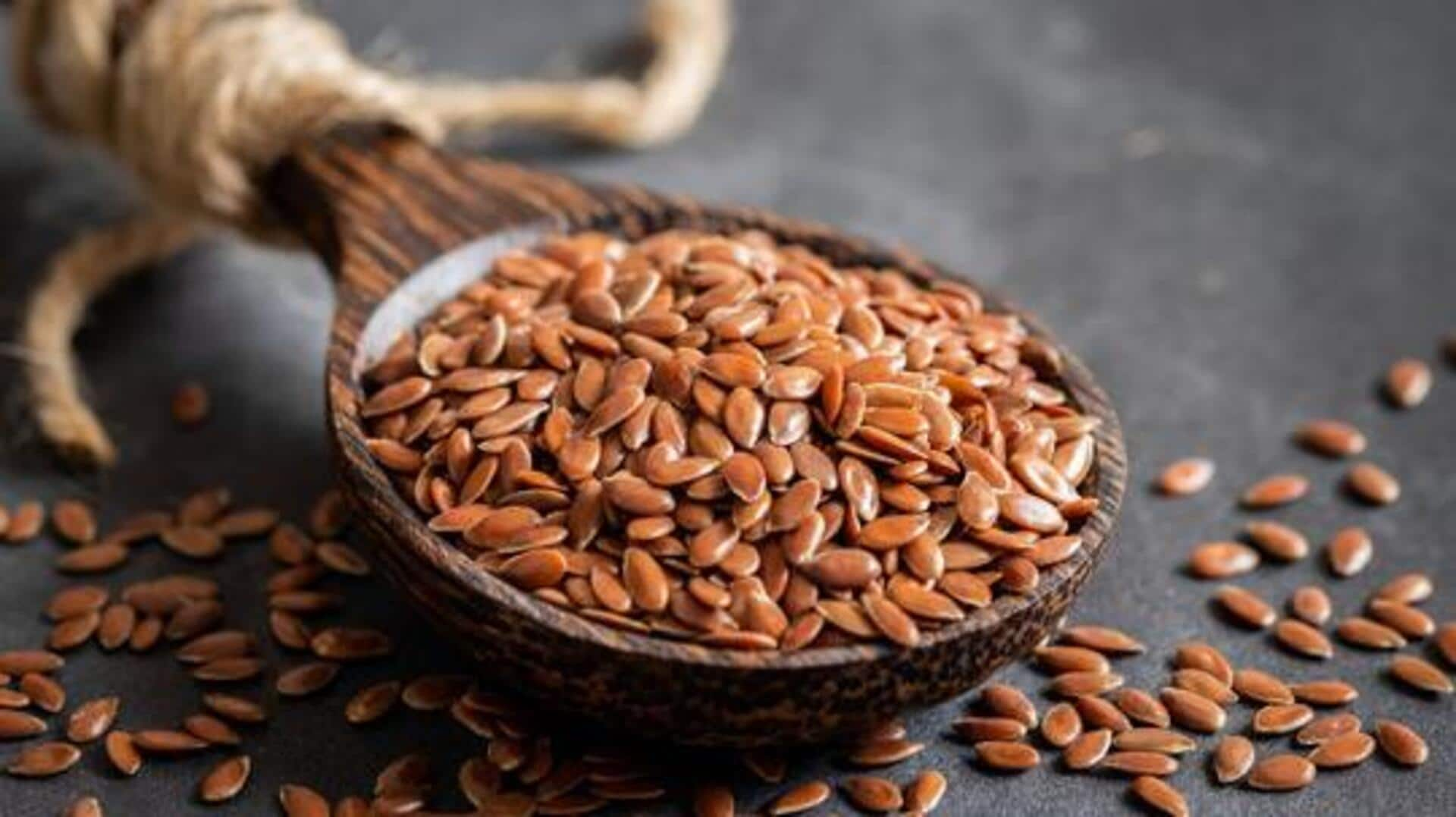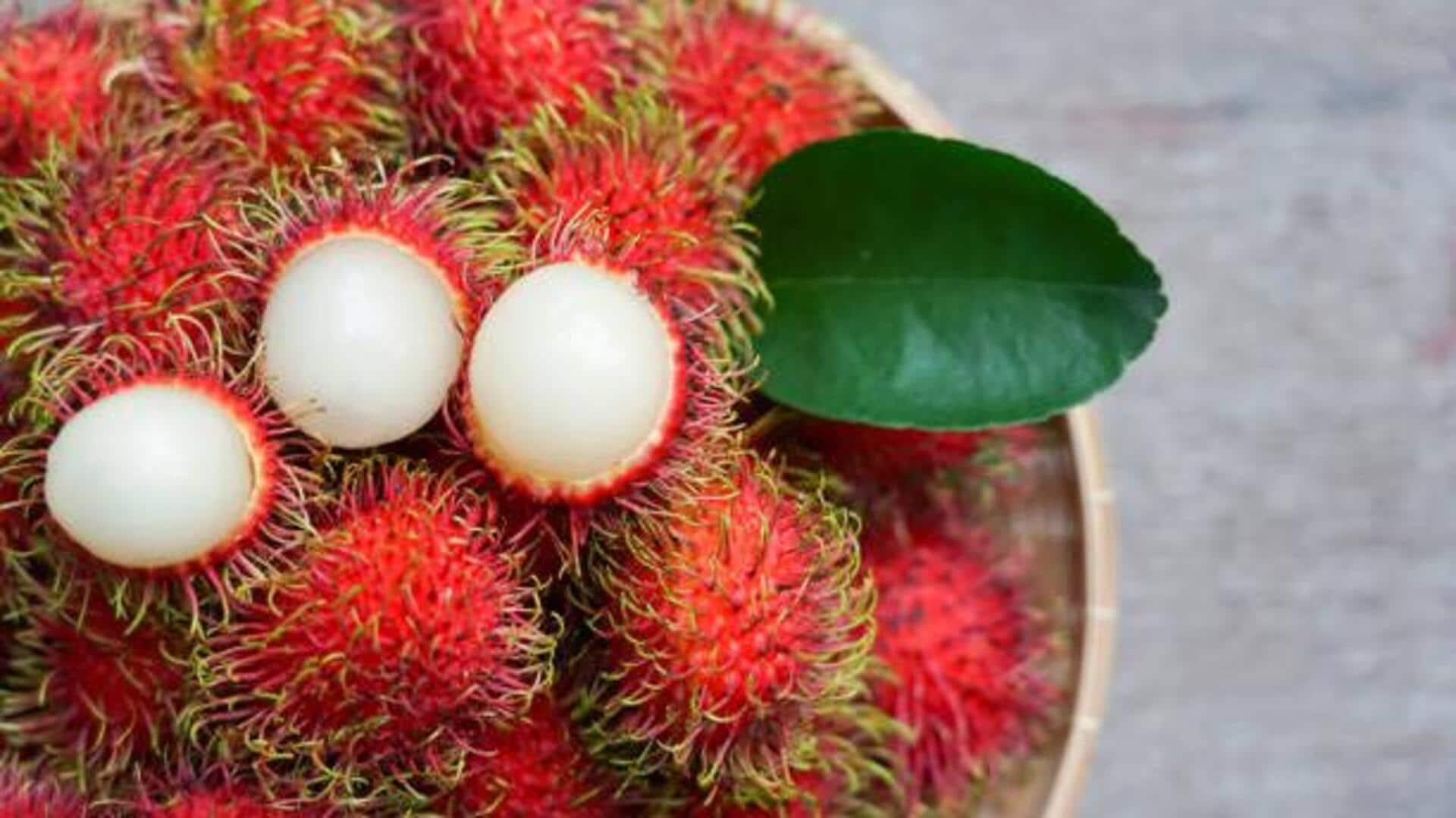Weight Loss Myth
Many people mistakenly believe that chia seeds are a magical solution for weight loss. This perception often stems from the seeds' ability to absorb water,
which can promote a feeling of fullness. However, solely relying on chia seeds for weight loss is unrealistic. They are not a shortcut to shedding pounds. Weight loss requires a comprehensive approach, including a balanced diet, regular exercise, and mindful eating habits. Think of chia seeds as a helpful addition to a weight-loss plan, not the entire plan itself. Their fiber and nutrients can support overall health and potentially aid in appetite control, but they are not a standalone solution. It is essential to manage expectations and adopt a holistic perspective on weight management.
Hydration Matters
Chia seeds are hydrophilic, meaning they love water. They absorb a significant amount of liquid, swelling up to ten times their size. If you consume chia seeds without adequate water, they can draw moisture from your body, potentially leading to dehydration and digestive issues. This can manifest as bloating, constipation, or general discomfort. Therefore, it is crucial to drink plenty of water when incorporating chia seeds into your diet. Aim for a glass of water with your chia seeds, and stay hydrated throughout the day. This ensures the seeds function properly in your digestive system and helps your body absorb their nutrients effectively. Adequate hydration also supports overall health and well-being.
Dry Consumption Error
Eating chia seeds dry is another common mistake. This practice can result in the seeds absorbing moisture in your digestive tract, leading to unpleasant effects. Imagine these seeds expanding in your stomach before they're fully hydrated, which can create bloating, discomfort, and potentially even indigestion. Always soak chia seeds in liquid before consumption. This helps soften the seeds and allows them to pre-hydrate, making them easier to digest and more beneficial. Soaking them in water, milk, or juice for a few minutes before adding them to your food or smoothies is a simple way to avoid digestive issues. Also, it improves their texture and makes them more palatable.
Quantity Control Needed
Overdoing chia seeds might seem harmless, but it can cause digestive upset. Due to their high fiber content, excessive consumption can lead to bloating, gas, and other digestive troubles. Moderation is key when it comes to chia seeds. While they offer numerous health benefits, sticking to a reasonable serving size is essential. Generally, 1 to 2 tablespoons of chia seeds per day is considered a healthy and safe amount. Listening to your body is also important. If you experience any digestive discomfort after consuming chia seeds, reduce the amount or adjust how often you eat them. Maintaining the right balance ensures that you enjoy the benefits of chia seeds without experiencing any negative side effects.
Improper Storage Practices
Proper storage is essential to preserve the quality and freshness of chia seeds. Because of their high oil content, chia seeds can go rancid if not stored correctly. Exposure to air, light, and heat can accelerate this process, leading to a decline in their nutritional value and a potential change in taste. It's best to store chia seeds in an airtight container in a cool, dark, and dry place, like a pantry or a cupboard. This protects them from light and air, which slows down oxidation and prevents rancidity. You can also keep chia seeds in the refrigerator for longer-term storage, especially if you live in a warm climate. Following these storage tips helps maintain the seeds' quality and ensures they stay fresh and beneficial for as long as possible.
Measuring Matters A Lot
Many people just haphazardly toss chia seeds into their food without measuring, which can lead to inconsistencies in their intake and potentially contribute to digestive problems. Precise measurement is important. It helps maintain control over the serving size and ensures you consume the recommended amount. If you're not careful, you could end up eating too much or too little. Using a measuring spoon or a small scoop ensures you get the right portion of chia seeds. This helps you monitor your fiber intake and stay within the recommended daily limits. It also makes it easier to track your progress and observe the impact of chia seeds on your health. Consistency is key when it comes to any dietary change, and measuring your chia seeds contributes to this consistency.
Ignoring Nutrient Pairing
Chia seeds contain essential nutrients, but their absorption can be improved by pairing them with other foods. Certain nutrients benefit from specific combinations. For example, chia seeds are rich in fat-soluble vitamins (A, D, E, and K). To enhance absorption, it's recommended to consume them with healthy fats, such as those found in avocados or nuts. This helps your body process the vitamins more efficiently. Pairing chia seeds with vitamin C-rich foods, like citrus fruits, can also enhance the absorption of iron, another nutrient found in chia seeds. Consider adding a squeeze of lemon juice to your chia seed pudding or incorporating berries into your smoothie. Strategic food pairings maximize the nutritional impact of chia seeds and ensure you get the most from them.






